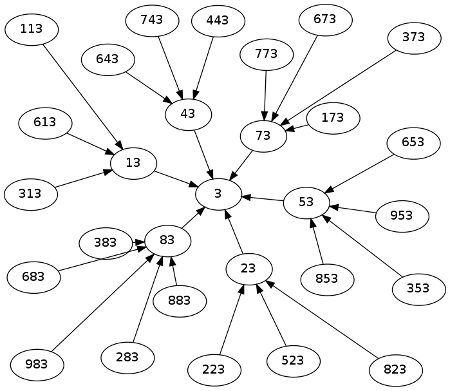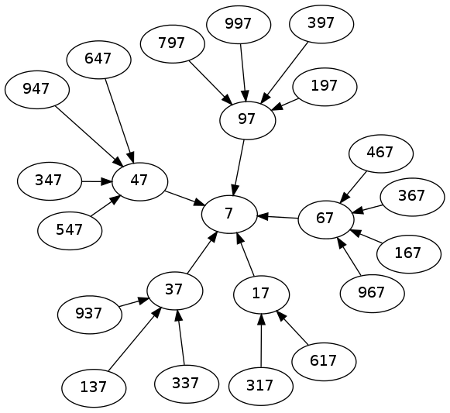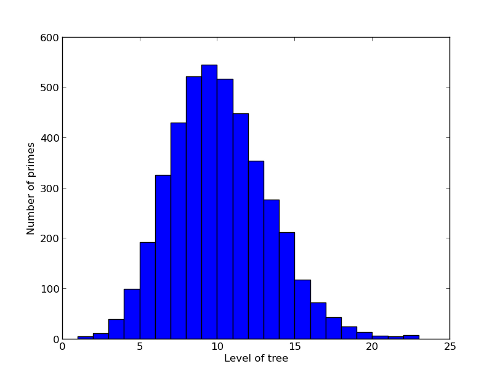Here, in no particular order, are a few questions people frequently ask me.
What kind of work do you do?
I’m a consultant working in math, statistics, and computing. Sometimes this means modeling, coming up with a mathematical description of a problem and seeing what I can learn from it. Sometimes this means seeing what can be learned from a set of data and determining what to do next, what decisions to make, what data to collect next, etc. Sometimes this means developing software, especially coming up with algorithms to implement math models efficiently.
I also teach. I’ve taught undergraduate and graduate courses in math and statistics. I’m not doing any classroom teaching these days, but teaching is a component of my consulting. Sometimes I serve as an interpreter, helping non-technical people digest technical material, and sometimes people ask for technical mentoring. I’ve also done some expert testimony, which is kind of a form of teaching.
Can you recommend an introductory statistics book?
No.
What programming language do you use?
In the last year or so I’ve used C++, Python, C#, R, Mathematica, sed, awk, and a little JavaScript. Over my career I’ve written more C++ than anything else, and lately I’ve mostly used Python. I’ve also worked with Perl, Java, and PowerShell, though not recently.
Why do you prefer Python to R?
I’d rather do math in a general-purpose language than do general-purpose programming in a math language.
R is designed for interactive statistical computing, and it’s good for that. But I do a lot more than interactive statistical computing. Even on a statistical project, there’s usually non-statistical work to do, such as munging text files or creating a user interface. The statistical software may just be one component in a larger system. It’s easier to do general programming in a language designed for general programming.
I like using Python for convenience or C++ for speed.
How do you charge for consulting?
My first choice is to charge by the project if a project is well-defined. But if that’s not possible, or if a project is open-ended, I’ll charge by the hour.
How do you run your Twitter accounts?
I use my personal account live and I mostly schedule my daily tip tweets in advance.
Why don’t you use XeTeX?
This may seem like an odd question, but it’s actually one I get very often. On my TeXtip twitter account, I include tips on how to create non-English characters such as using \AA to produce Å. Every time someone will ask “Why not use XeTeX and just enter these characters?”
If you can “just enter” non-English characters, then you don’t need a tip. But a lot of people either don’t know how to do this or don’t have a convenient way to do so. Most English speakers only need to type foreign characters occasionally, and will find it easier, for example, to type \AA or \ss than to learn how to produce Å or ß from a keyboard. If you frequently need to enter Unicode characters, and know how to do so, then XeTeX is great.
Can I use your code?
If I post code online, you’re free to use it however you wish. This page has links to code some people have found useful. And here are some articles with code that I’ve written for Code Project.
How can you test a random number generator?
Here’s a book chapter I wrote on that.
Update: The book chapter covers testing a non-uniform random number generator built on a solid uniform random number generator. This is the case most people care about. Not many people write their own core generator, nor should they. But I’ve also written a few posts on testing uniform generators with DIEHARDER, NIST, and PractRand.
How do you type math characters in HTML?
See this page. I prefer writing math in LaTeX, but when I’m writing HTML I like to stay in HTML if I can. I’ll use LaTeX for displayed equations, but I try to stick to HTML inline so the page doesn’t look like a ransom note.
How can I contact you?
See this page.
By the way, if you send a message to one of my daily tip Twitter accounts, I might not see it. I get more responses there than I can read. It’s better to send me email.




